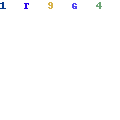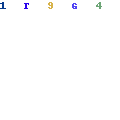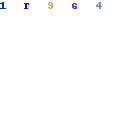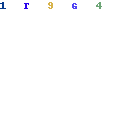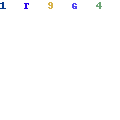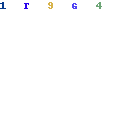Best Tractors
Total farmland more than doubled between 1870 and 1920. Since average farm size stayed roughly constant, total farm employment must have nearly doubled as well. The agricultural work force, far from being displaced, was redeployed within agriculture, along with large numbers of immigrants. Mechanization did not produce higher yields, however; they came later and were linked to fertilizers and biological innovations.The pace of mechanization is influenced by three other economic factors: capital scarcity and energy costs, farm size, and subsidies. Capital scarcity and energy costs. Poor societies have smaller capital stocks than rich ones, and the cost of capital (in terms of labor) is higher. High capital costs retard mechanization in several ways.
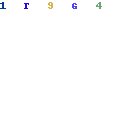
Sponsored
Total farmland more than doubled between 1870 and 1920. Since average farm size stayed roughly constant, total farm employment must have nearly doubled as well. The agricultural work force, far from being displaced, was redeployed within agriculture, along with large numbers of immigrants. Mechanization did not produce higher yields, however; they came later and were linked to fertilizers and biological innovations.The pace of mechanization is influenced by three other economic factors: capital scarcity and energy costs, farm size, and subsidies. Capital scarcity and energy costs. Poor societies have smaller capital stocks than rich ones, and the cost of capital (in terms of labor) is higher. High capital costs retard mechanization in several ways.
Sponsored





